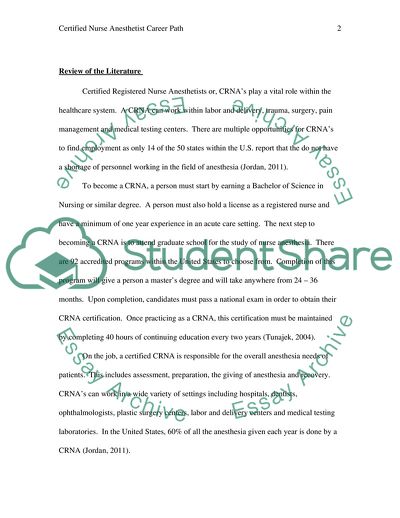Cite this document
(Research paper about an area of nursing I am interested in, which is, n.d.)
Research paper about an area of nursing I am interested in, which is. https://studentshare.org/nursing/1766296-certified-nurse-anesthetist-career-path
Research paper about an area of nursing I am interested in, which is. https://studentshare.org/nursing/1766296-certified-nurse-anesthetist-career-path
(Research Paper about an Area of Nursing I Am Interested In, Which Is)
Research Paper about an Area of Nursing I Am Interested In, Which Is. https://studentshare.org/nursing/1766296-certified-nurse-anesthetist-career-path.
Research Paper about an Area of Nursing I Am Interested In, Which Is. https://studentshare.org/nursing/1766296-certified-nurse-anesthetist-career-path.
“Research Paper about an Area of Nursing I Am Interested In, Which Is”. https://studentshare.org/nursing/1766296-certified-nurse-anesthetist-career-path.


